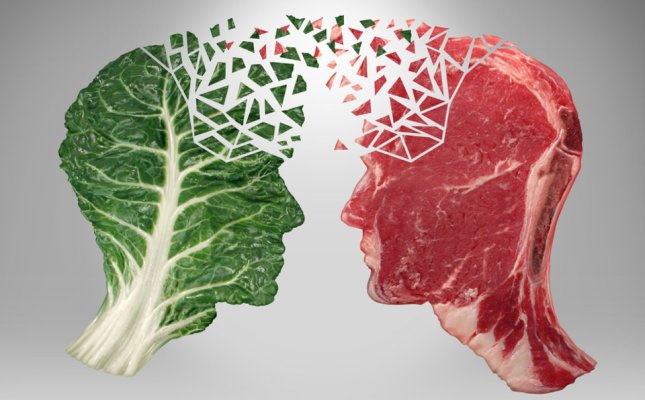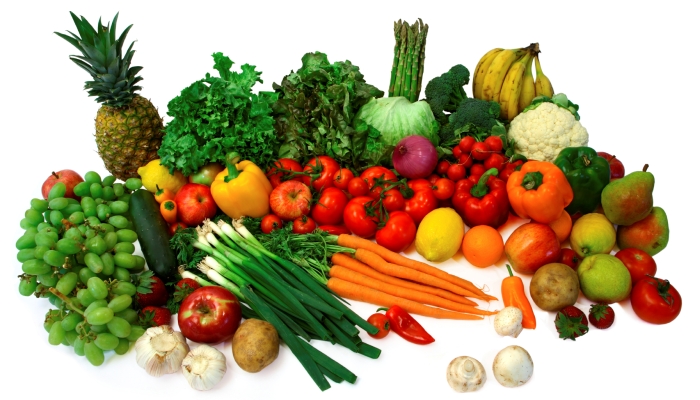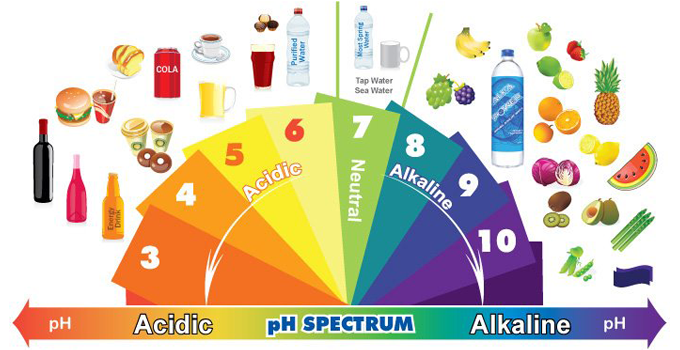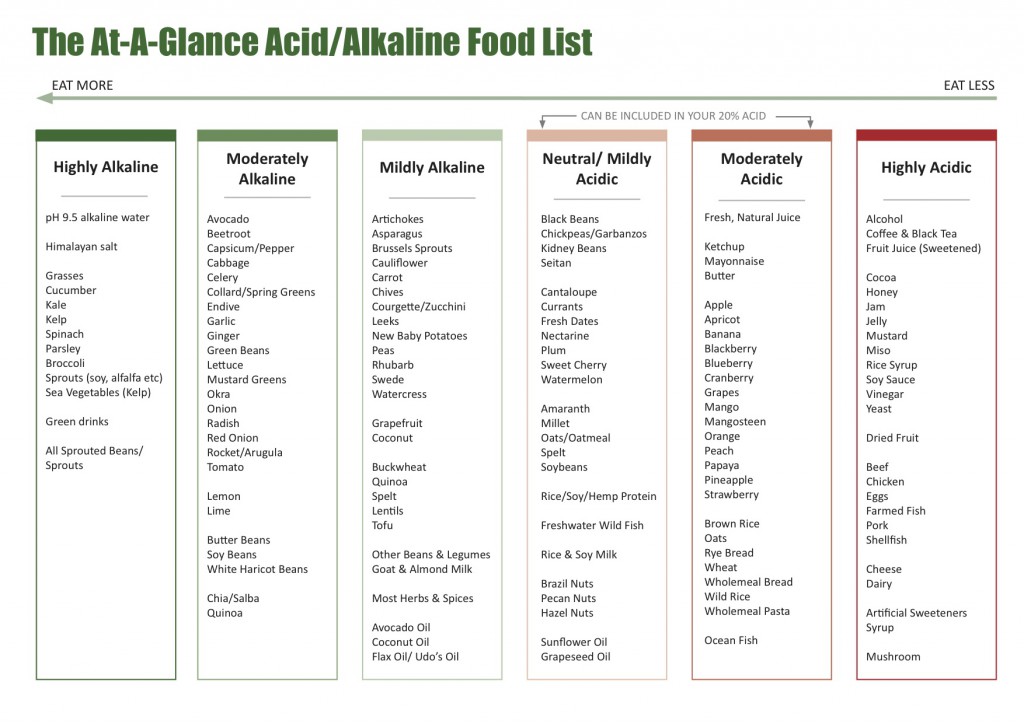
There are a lot of myths regarding nutrition and food floating around on the internet. Some of them include things we should do and should avoid after a meal. When it finally comes down to facts, what’s the right way to go? We have briefly listed down the top 5 habits you need to avoid after a meal. You might know some of them but you might not be familiar with the reasoning.
What Should You Avoid After a Meal?
- Smoking: It is the most important habit that people should avoid after a meal. Smoking 1 cigarette after eating food is equivalent to the ill-effects of smoking 10 cigarettes. The chances of cancer are more in such cases. This is primarily because the body’s absorption rate increases after eating, which means that the harmful effects of tobacco (nicotine) are amplified as well. You could be risking damage to your intestines, heart, lungs and other internal organs.
- Fruits: It is advised that you should not eat fruits along with your meal and immediately after it as well. Fruits that are eaten after a meal cannot be digested easily in the intestine which causes air bloating in the stomach. Fruits are best absorbed when consumed as a meal in itself. You can have them either before or after a meal with a gap of at least 2–3 hours.
- Tea: Whenever you eat a heavy meal, keep yourself away from tea for a while. Tea leaves contains acids in it. When this acid enters the digestive system along with food, it makes the process of digestion (particularly proteins) process slow and difficult by hardening them.
- Bathing: Whenever we bathe, the blood-flow towards extremities increases and this is how you feel fresh after a bath. But, after eating, blood-flow towards the digestive system should be high, and not the extremities, so as to maintain the normal digestive system. That is why people are advised not to take a bath immediately after eating.
- Sleep: There always has to be gap of 1-2 hours between your meals and the time you sleep. Sleeping immediately after eating will result in improper digestion as efficiency of the digestive system decreases. Also, sleeping immediately may lead to gastric problems and infection in the intestines. Habitually sleeping immediately after eating will also increase the chances of obesity.
We hope these facts help you make better choices, bust myths with reason and eat healthy. Have you ever been told to avoid something before or after a meal? Let us know in the comments below!
For more articles like this, check out Healthy Reads. To know more about eating habits you should avoid or to introduce new habits to help you get healthier, speak to an expert by subscribing for GOQii’s Personalised Health Coaching here.
#BeTheForce
 The philosophy around going meatless or adopting a vegetarian lifestyle has become increasingly popular. People are being more aware of foods that are nutrient dense (and those less so) which helps them to stay healthy and fit. So is veering towards a plant-based approach the best way to go? A growing number of people seem to think so.
The philosophy around going meatless or adopting a vegetarian lifestyle has become increasingly popular. People are being more aware of foods that are nutrient dense (and those less so) which helps them to stay healthy and fit. So is veering towards a plant-based approach the best way to go? A growing number of people seem to think so. 








